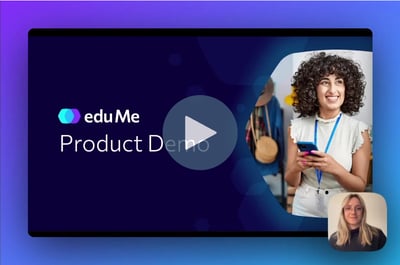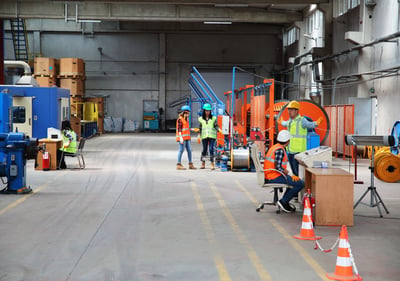The workplace isn’t what it used to be. No longer can traditional definitions of blue and white collar jobs fit this modern world. At some point in the last week you’ve likely come across a freelancer or gig economy worker, whether you knew it or not.
So proliferate this industry has become that it’s difficult to imagine a time without them. In reality, the pace and scale isn’t going to slow down - more jobs, industries and professions are finding the model to be incredibly effective. As we demand easier lives to fit around increasing time spent working or socialising, we need solutions, and they will be wilfully provided.
When we talk about the gig economy usually one name comes to mind - Uber. At 4 million driver-partners worldwide, that makes the largest workforce operating under any one ‘company’. Larger than entities like the United States Department of Defense or the People’s Liberation Army, China. And it’s twice the number working for retail behemoth Walmart.
Having started around 9 years ago with just a handful of drivers, scaling a business that fast throws up some enormous challenges, but couple that with the shifts in worker behaviour and the problem becomes even more complex.

A different working landscape
Let’s look at why Uber’s workforce has been so successful. As mentioned before, traditional jobs are making way for a new type of worker, led primarily by:
-
50% of the global workforce will be mobile by 2020;
-
75% of the workforce will be made up of millennials by 2025;
-
The way we consume information and communicate has fundamentally changed
These three key statistics highlight how different the workplace will be in just a few years, and we’ve summarised the impact of this into a neat infographic you can download here. Technology has played an important part in this change, with access to a world of knowledge in the palm of our hands.
Uber embraced this new workforce
So how did Uber take this into consideration when getting driver-partners up to speed on a daily basis? First, let’s understand one of their main priorities - training. Uber are not unique in the fact that their workforce are heavily dispersed, have little or no access to traditional computers and aren’t always native speakers. It makes the requirement for training paramount, along with the flexibility to deliver it where the drivers are.
Getting thousands to attend face-to-face training sessions across the country is tough, let alone the cost and effort of organising them. If the travel hurdle at stage one for potential drivers isn’t low enough, you lose some there. If the training itself is dull, more go. If they’ve got this far, but the quality of the particular session isn’t good enough, they’ll fail. Then let’s not forget those who become drivers but may require retraining.
By now, you’ve depleted what was a great potential resource for drivers that you are unlikely to get back. What’s the answer?
We actually tested the answer with Uber ourselves - and the answer is Workforce Success.
Workforce Success is delivering information when and where the workforce needs it. It's engaging, empowering and embraces the changing habits of technology and people.
How did Uber use Workforce Success?
Uber pitted a Workforce Success platform, eduMe, against face-to-face training. They gave new driver-partners the choice between an in-person session or doing it online from their phones. We tracked the most business critical metrics, and here are the results:
Time to first trip
The eduMe group was 13% faster to start driving and earning money for themselves and Uber.
Increased productivity
The eduMe group had 8% additional supply hours.
Improved quality
The eduMe group increased their ratings by 7%.
Happier drivers
Driver-partner satisfaction increased by 8% after using eduMe compared to a decrease when attending in-person sessions.
Cost savings
By providing information through a mobile platform, the pressure on Uber’s support centre was greatly reduced, resulting in cost as well as time savings.
Finally, 98% would recommend eduMe to a new Uber driver-partner. Why? Because it's easy to use, relevant and pitched at exactly the right level.
Uber was one of the first businesses to embrace the concept of Workforce Success, and therefore understand that the seismic shifts in working behaviours are having an impact on almost every business.
The way we train, engage and communicate with our people is absolutely key to having a successful workforce and a thriving business.
You can request to see the Workforce Success platform, eduMe here and read more about Uber’s success with eduMe here.







